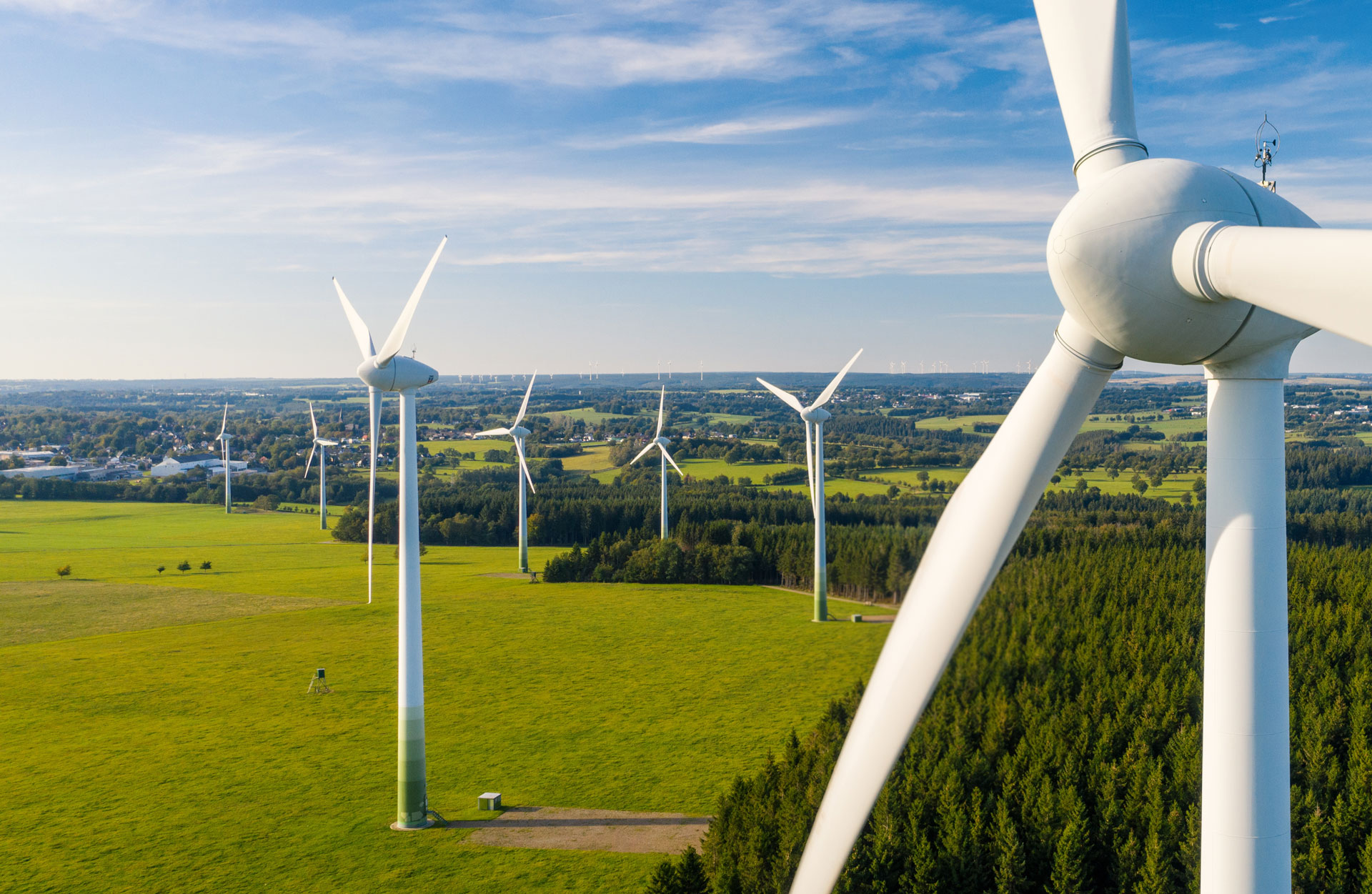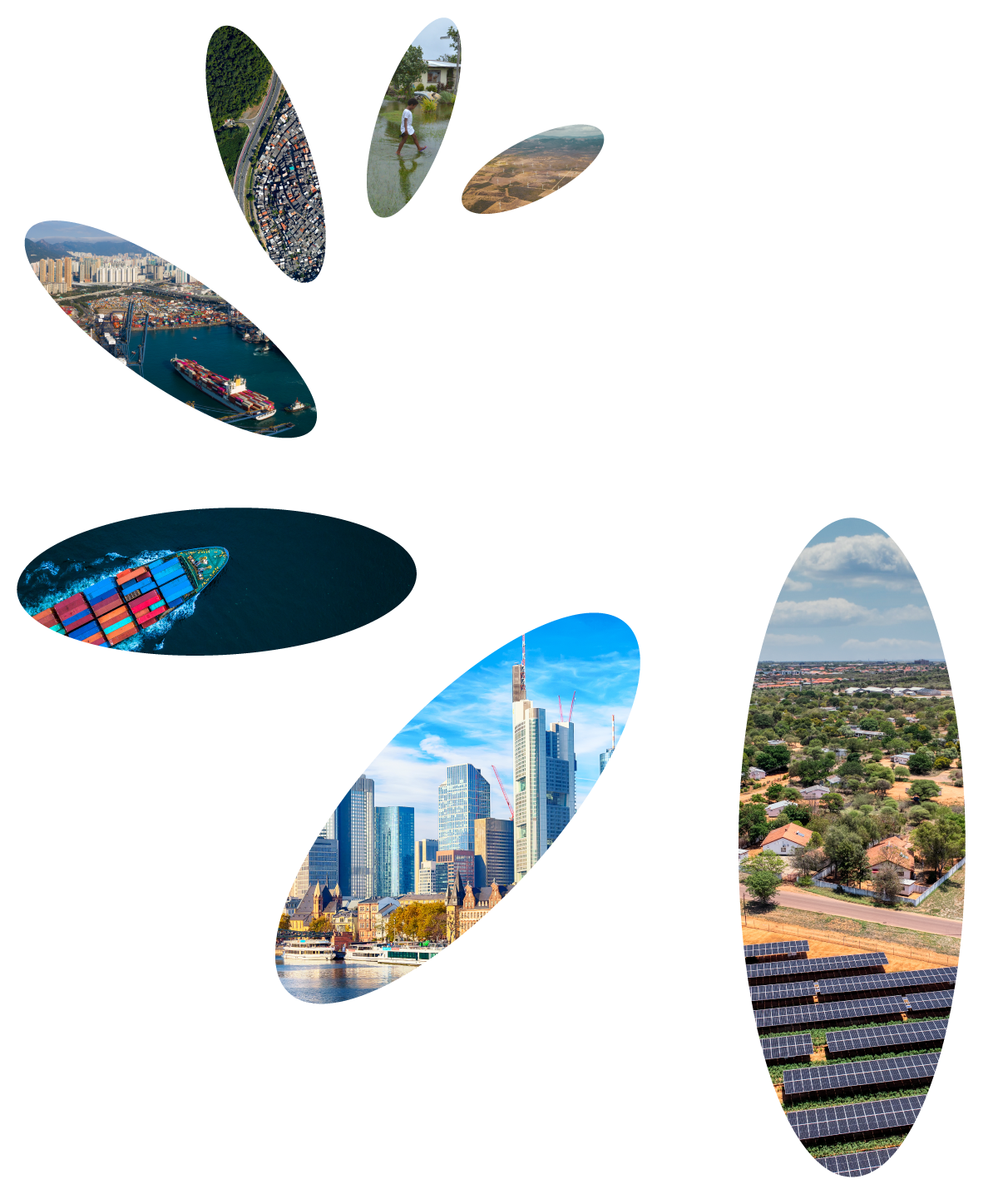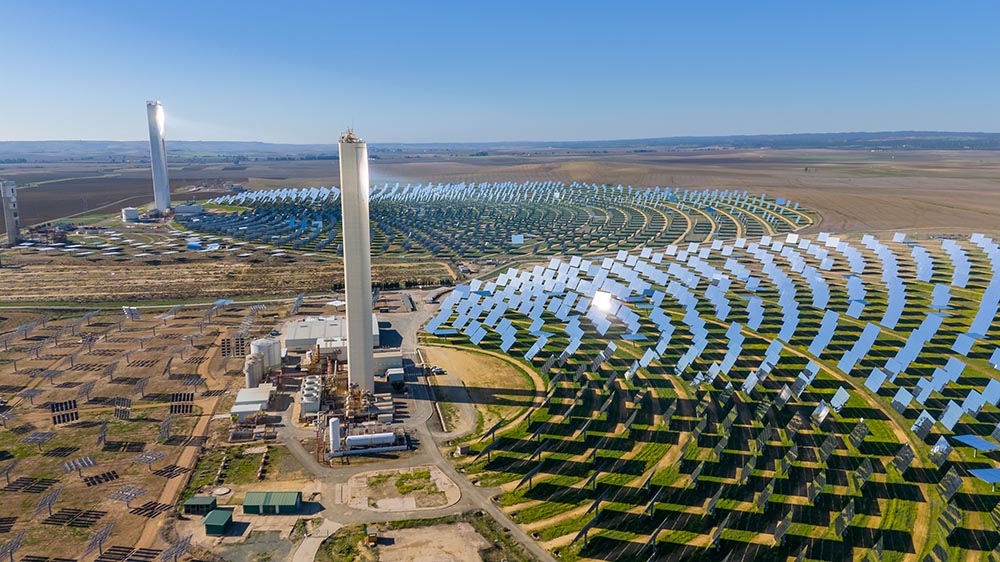



While climate finance and trade in environmental goods both contribute to the climate transitions of developing countries, they differ in structure, scale, and underlying logic. Our analysis of the period observed (up to 2022) emphasises the need for greater alignment between the two: financial flows must support equitable access to clean technologies, while trade must promote sustainable industrial development. Ultimately, this project aims to raise awareness, support informed decision-making, and strengthen the foundation for equitable and effective climate partnerships – anchored in both the EU’s strategic interests and the global imperative for a just green transition.
In recognition of the dynamic global landscape, our analysis aims to contextualise the EU’s efforts up to 2022 by drawing comparisons with other major economies, specifically the United States and China, illustrating their respective approaches as significant players in the global climate finance and trade arenas. Where relevant, we also reference the UK as a key European actor. By assessing trends over the past decade, this project explores differences in the scale and focus of environmental goods exports and climate finance contributions. It is important to recognise, however, that, as a non-Annex I country under the UNFCCC, China does not have the same formal obligations to provide climate finance to developing countries as the EU and the US.
Regional insights are also provided for key developing areas – Latin America, Africa, and Asia (South-East and South Asia) – illustrating variations in trade and financial flows going into these regions. Additionally, this project includes case studies on topics such as the allocation of public climate-related development finance between mitigation and adaptation objectives, changes in financial instruments used, and exports of critical environmental goods such as electric vehicles, solar panels, and wind turbines.
By collecting and examining data on the type and volume of European contributions – through trade in environmental goods, official development assistance (ODA), and mobilised private capital – this project report aims to clarify the EU’s role in supporting the global green transition and inform the strategic coherence of its external policies.
This dashboard provides a user-friendly interface for the investigation of country performance relating to key indicators (trade in environmental goods, public and private climate finance) on supporting the green transition abroad.
Data updates are scheduled for November 2025 and November 2026.
Explore some of the key insights from the project below. For a deeper analysis and targeted policy recommendations, visit the Insights & Recommendations page.
But China asserted its role as the main source of environmental goods to the other regions, with the exception of the Caribbean.
Learn More >Latin America followed, receiving ~20% of the total. South Asia and South-East Asia received ~17 and 7%, respectively.
Learn More >Among the key players in Europe, Germany leads in exports of solar panels, electric vehicles and wind power
Learn More >However, it should be noted that the leading recipient of mobilised private finance varied a lot across the years.
Learn More >… with India (97.71 bn), Brazil (85.68 bn), Mexico (76bn) and Singapore (67.09bn) representing the biggest importing markets.
Learn More >Africa has received steadily increasing volumes of both adaptation and mitigation finance over time, with adaptation gradually gaining ground and reaching parity with mitigation by 2020.
Learn More >Note: it is important to highlight that, given the study focuses only on exports from the EU, UK, China, and the US, it excludes other major players in the trade of environmental goods, including Japan, South Korea, and countries in Southeast Asia.
